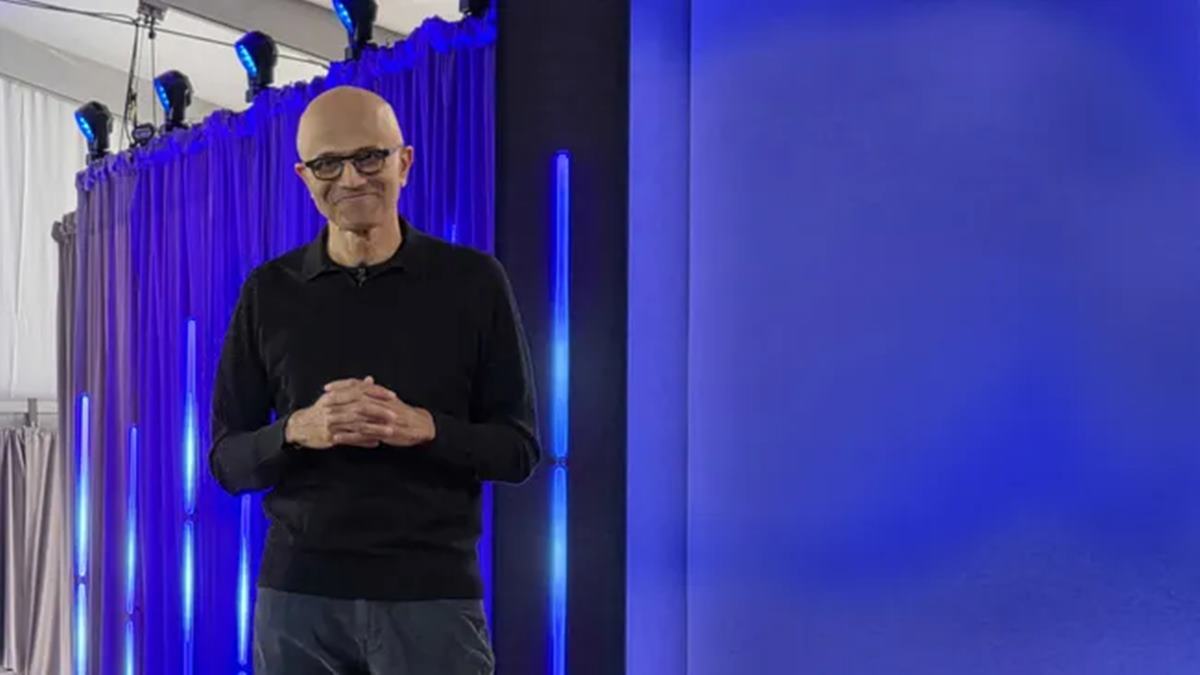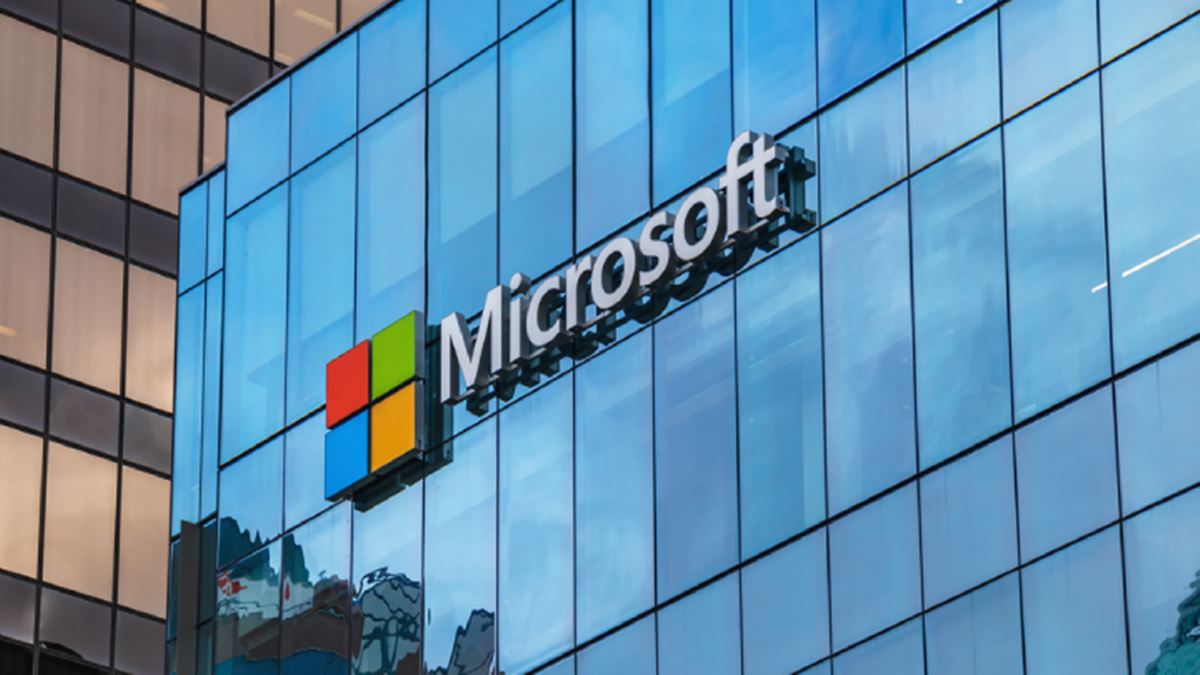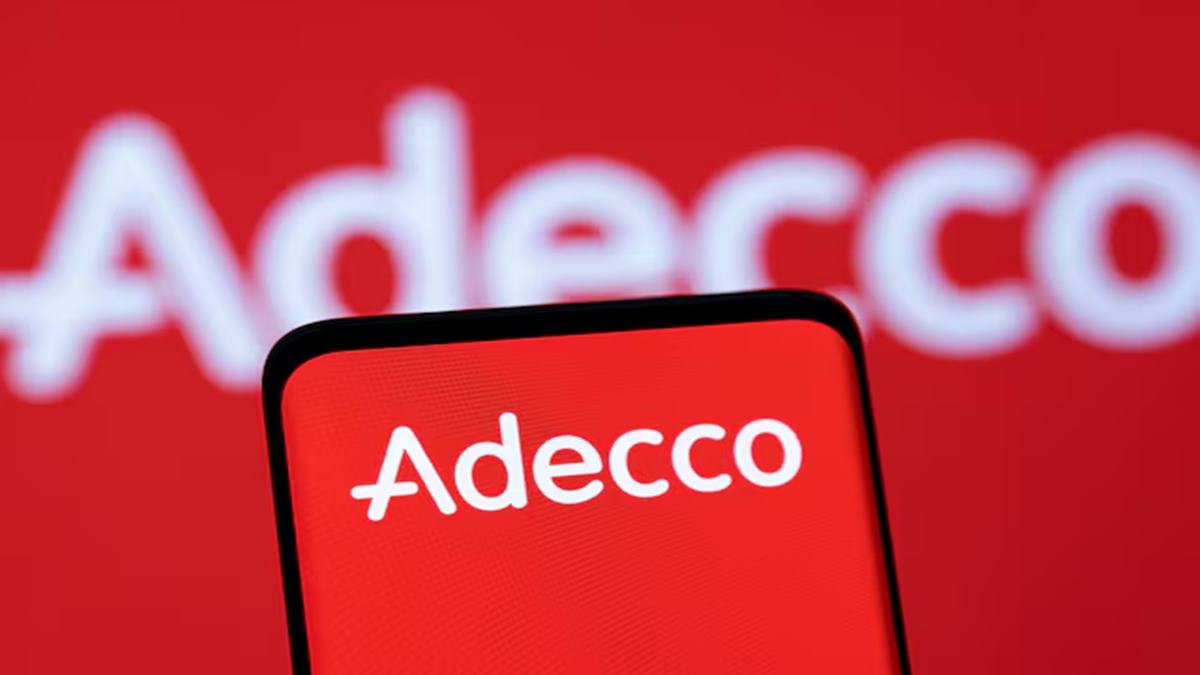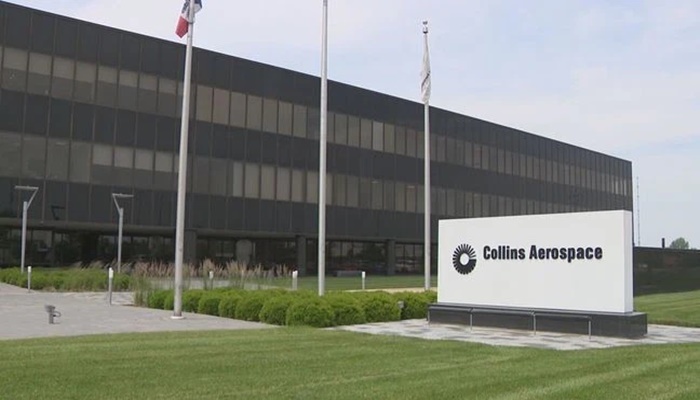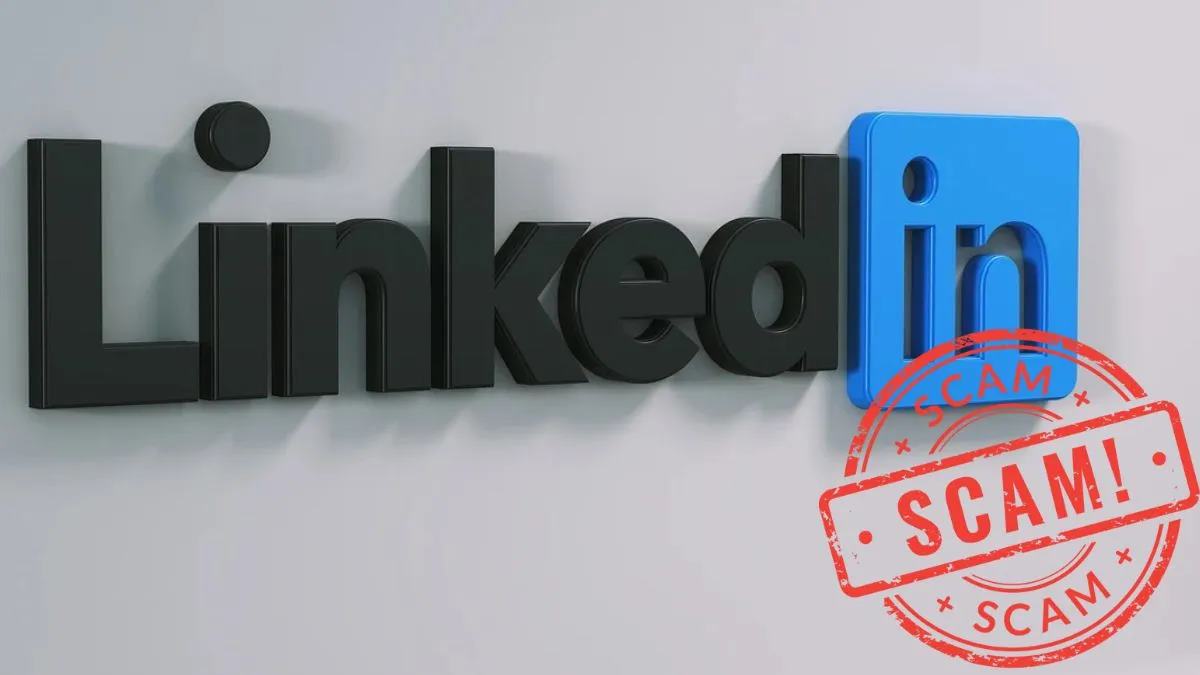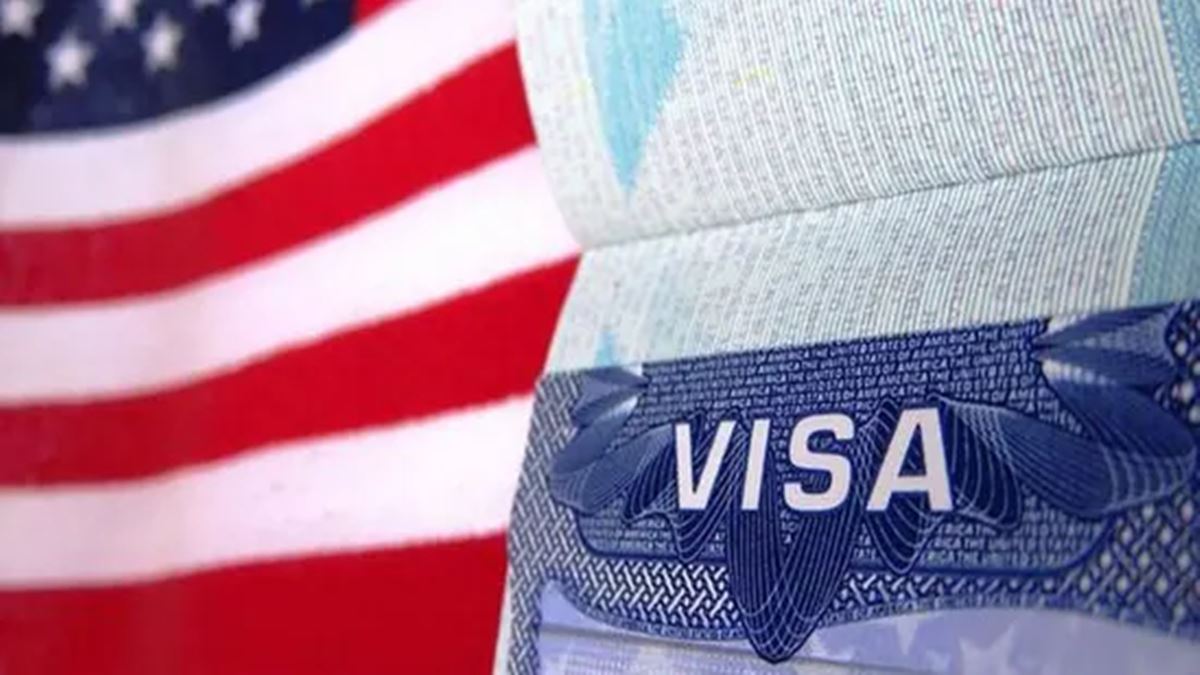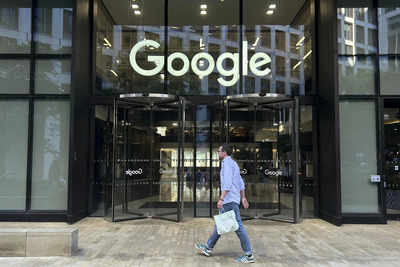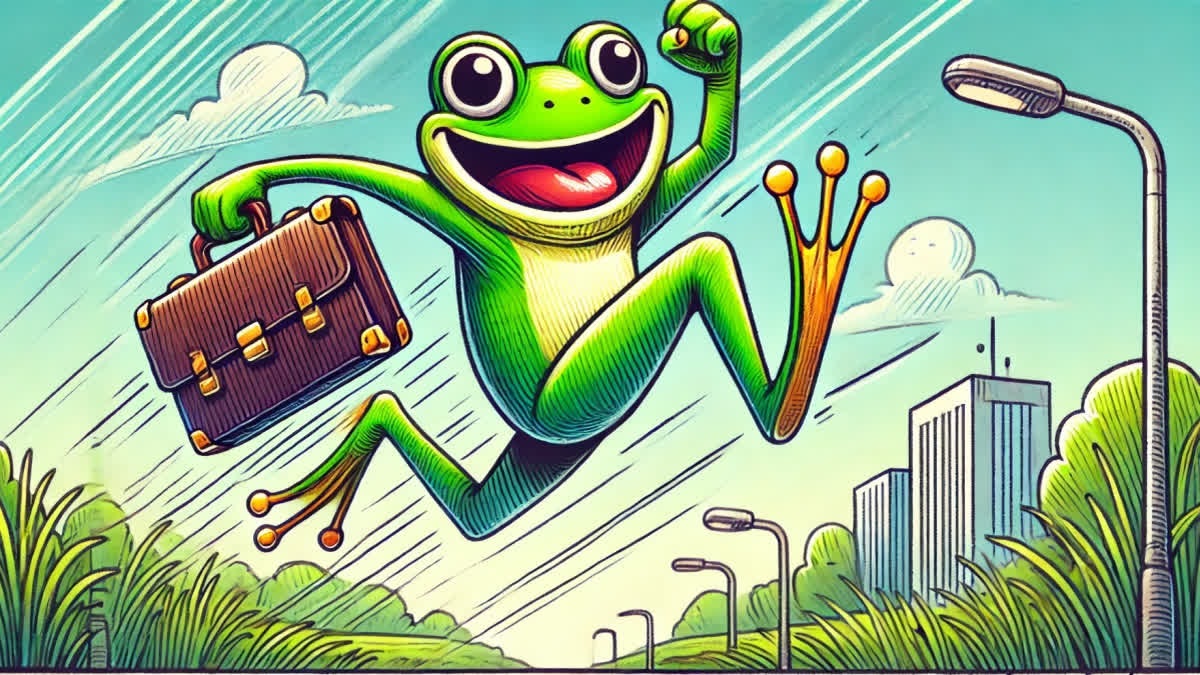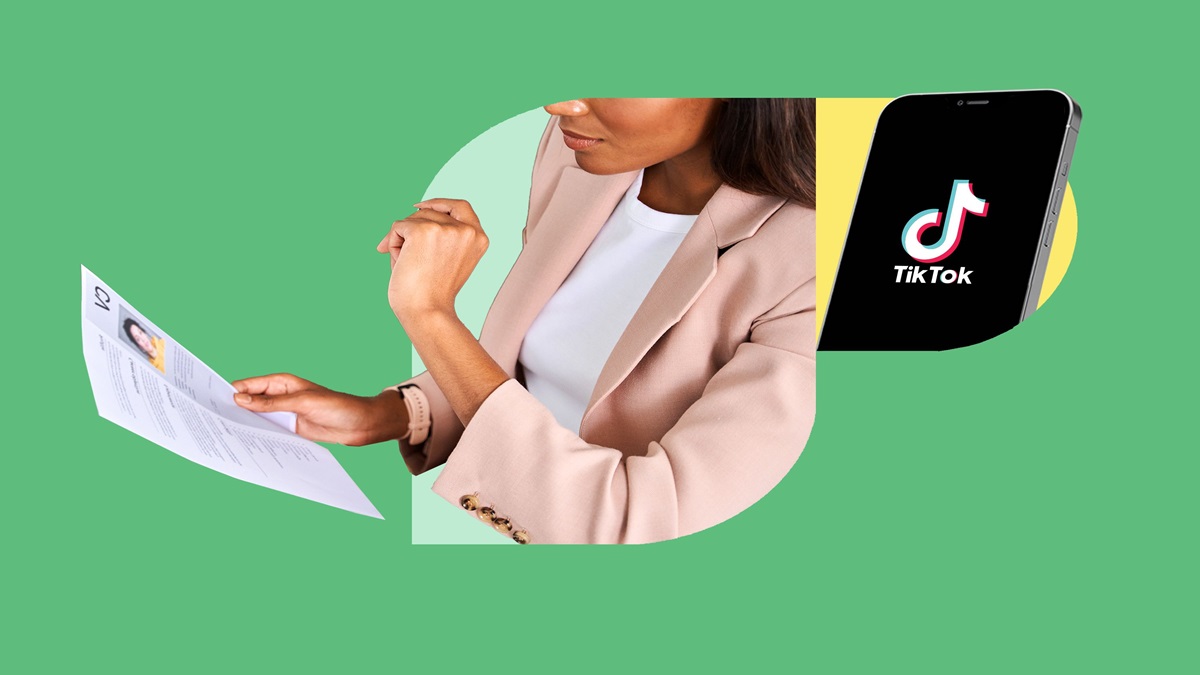When you tuck into bed to scroll on TikTok, it stands to reason you’re hoping to zone out to Sabrina Carpenter’s new single, perhaps, and generally think about anything but work.
But could a future job candidate be lurking on your For You page, as well? Some companies are betting that they can connect with potential talent through non-traditional channels like Instagram, TikTok, and Snapchat.
Developing content for such channels is a natural extension of businesses’ employer branding, which in turn ties into their recruitment efforts, experts told HR Brew.
Brand recognition. Over the last decade or so, “there has been a real evolution” to focus on the “employee experience” when developing an employer brand, rather than how the general public perceives the company, said Adam Stafford, CEO of the recruitment marketing firm Recruitics. When thinking about their “employee value proposition,” companies now try to give prospective employees an idea of what it’s like to work at their firm.
These efforts to craft more authentic employee value propositions accelerated during the “war for talent” that followed the Covid-19 pandemic, as businesses scrambled to keep up with hiring demand. But even as the labor market has slowed, they’ve held on, because “candidates actually are demanding a more accurate representation of the employee experience,” he added.
A recent survey from job platform Handshake shows college graduates, in particular, are seeking out authentic representations of prospective employers online. One respondent reported they watched “day in the life” videos to get a sense of a company’s “work culture” and “work-life balance,” and 73% of the graduates Handshake surveyed said they’d be more likely to apply for a job after seeing content such as videos or messages from an employer.
The relationship between employer brand and talent acquisition comes up in almost every conversation Handshake’s Monne Williams has with clients in her job advising CHROs and senior talent professionals on how to recruit early-career talent.
“They know that they need to stand out to the types of talent that they’re trying to get in front of,” said Williams, Handshake’s chief impact officer. This means they’re considering “how to make their brand seem different [from] another brand, even if that company has the same types of roles.”
In some cases, getting in front of the right talent means employers need to diversify the channels where they share information about working for the company, said Cori Lunnen, VP of recruitment marketing operations with recruitment marketing agency HireClix.
“You need to go beyond job boards and focus on those other channels, especially with this upcoming generation,” she said. “They’re wanting to really understand what the values are of a company before they go to work there.”
Employees as influencers. When companies bring their marketing and talent acquisition teams together to promote their employer brand on social media, they’re likely to turn to employees themselves for content.
“The old playbook was to hire a video production firm, and spend six figures,” said Stafford. “But the new playbook is much more modular.” Employers are realizing that publishing a short-form video on YouTube or TikTok showing how a warehouse worker spends their day, for example, is a lot more effective than a highly produced piece of content featuring a CEO, Stafford said.
“We know that candidates want to hear from employees versus hearing from a brand. There’s that trust and transparency and authenticity that comes from the employee voice,” said Lauren Hodgson, global head of employer brand and belonging with Qualtrics, an experience management platform.
Qualtrics tries to post employee stories that it sources through callouts and social media prompts on channels that are “native to our job-seekers,” according to Hodgson. This means publishing content on LinkedIn and Glassdoor, but also in newsletters, and on Instagram and TikTok.
The company joined Instagram in 2018. On this platform, it maintains an account called QualtricsLife where followers can see content ranging from a meme touting the company’s decision to launch its engagement survey the same week as Taylor and Travis got engaged, to a video where workers share their favorite ways to use AI. On TikTok, where the company has been active since 2021, Qualtrics recently shared a day in the life video of a technical success manager based in the company’s Sydney office.
Recruitment ROI. Employers aren’t just joining platforms like TikTok for the heck of it—they also want to understand how this content helps them attract job candidates.
Qualtrics tracks “brand-influenced candidates” (i.e. job candidates who have interacted with employer brand content online) on a quarterly basis, Hodgson said. These candidates are more than two times as likely to respond to a LinkedIn InMail message, move the official recruitment process twice as fast, and have a higher acceptance rate, according to Qualtrics’s data. Working with candidates who’ve familiarized themselves with Qualtrics’s employer brand is “a huge value add,” Hodgson said, “because you’ve got these informed, engaged, excited candidates who really understand the culture.”
HR teams aren’t solely interested in whether the number of applications they receive increases due to these efforts, but also in whether job-seekers are becoming more engaged with the company, said Lunnen, of HireClix. This might mean they’re spending more time researching roles on a firm’s career site, for example, or visiting landing pages tied to its employer branding initiatives.
When tracking return-on-investment, employers try to understand the touchpoints that ultimately led them to apply for a job, she explained. This might be a circuitous path—a candidate hears an ad on Spotify, for example, then visits the company’s Glassdoor page, sees an ad on Weather.com, and finally does a Google search to land on the company’s career site. Lunnen predicted that HR teams will continue to be interested in “seeing that whole candidate journey” across the channels where they’re publishing content.
Source – https://www.hr-brew.com/stories/2025/09/23/hr-recruitment-marketing-tiktok
